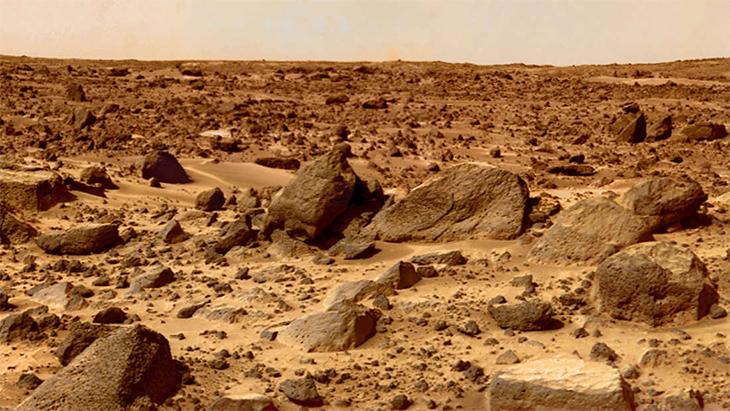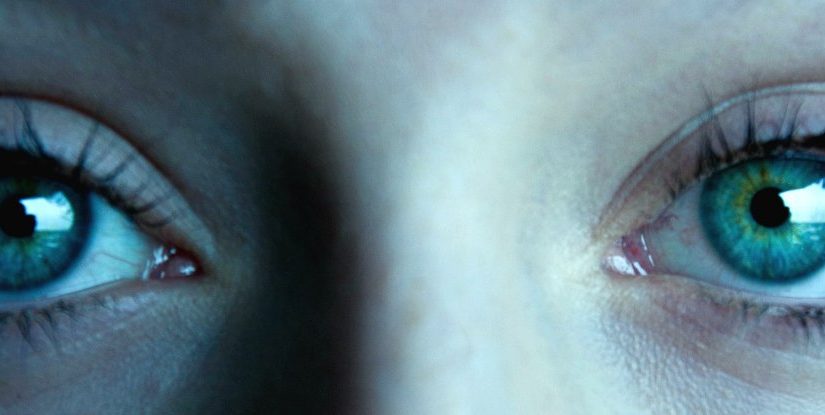By: Jonathan O’Callaghan/IFL Science When we send spacecraft to Mars, we have to heavily sterilize them in order to not accidentally take Earth life with us. After all, we don’t want to contaminate the surface of the Red Planet with our own life, and possibly make a false detection in the future.
However, a new study poses an intriguing idea. Published in Scientific Reports, Jennifer Wadsworth and Charles Cockell from the University of Edinburgh say the surface of Mars basically wouldn’t allow any cells to survive. It suggests that contamination by spacecraft may not be that big an issue.
In their study, they found that a compound called perchlorate could be activated on the surface of Mars by sunlight. This is important, because this compound is lethal to bacteria when it’s activated, and it’s abundant on Mars. Before, it was only thought to be activated by heat – and as Mars is very cold, that didn’t seem to be a problem.
“We might have previously thought it wouldn’t be possible to activate it under Martian conditions,” Wadsworth told IFLScience. “If we want to find life on Mars, we have to take this into consideration.”
They made their findings by simulating the Martian environment in a laboratory. Using an anaerobic chamber, which has no oxygen, they recreated the wavelengths of light on the surface of Mars. They then monitored the effect of perchlorates in this condition on a common contaminant found on spacecraft, Bacillus subtilis.
In conditions similar to Martian soil, the cells died within a matter of minutes when the perchlorates were activated. This heavily suggests that the surface of Mars is even more toxic to life than we thought.

Rovers like Curiosity seen here were kept extremely clean before going to Mars. NASA
“There are lots about the Martian environment that are lethal to life as we know it,” said Wadsworth. “Probably the biggest challenge to life would be the high flux of ionizing radiation that penetrates the thin atmosphere and reaches the surface. In addition to that, our research shows that some of the molecules on the surface can be additionally toxic.”
Going back to the original point, does this mean we are over sterilizing spacecraft that we send to Mars? We’re not even allowed to explore some regions of Mars, called Special Regions because we can’t technically sterilize Rovers to a high enough degree to avoid any risk of contamination.
Not necessarily, says Wadsworth. She notes that some life can still survive in very extreme environments, called extremophiles. The type of bacteria they tested wasn’t an extremophile, so it’s possible these could survive on the surface of Mars.
“It’s important we still take all the precautions we can to not contaminate Mars,” she said. “We should take as many precautions as possible to decontaminate our instruments as much as possible on Earth before launch.”
As for Martian life itself, don’t get too disheartened. While it’s unlikely any life – microbial or otherwise – could survive on the surface, underground still looks like a viable bet. Here, life would be shielded not only from radiation but also from active perchlorates.
We don’t yet know how far down active perchlorates can go. But it’s likely that more than a few meters below the surface life could survive. We’ll get a better idea in 2021 when the drill-carrying European ExoMars rover touches down on Mars. Sufficiently sterilized, of course.




